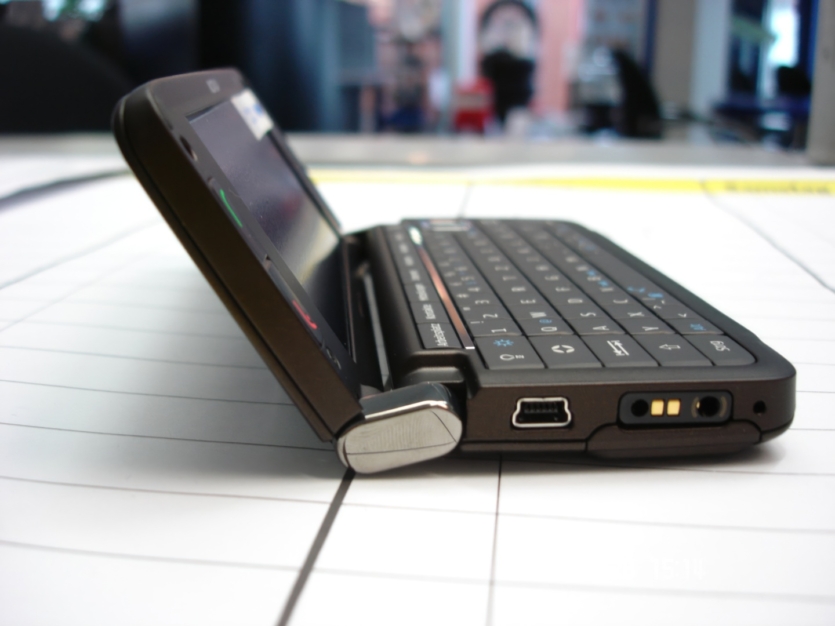
The first Apple iPhone went on sale only in mid-2007, so many manufacturers were still following their developments after the announcement. After the unprecedented success of the apple phone, the world of mobile technology changed dramatically, and iPhones were swept off store shelves. For 17 years in a row, the Apple iPhone has remained the most coveted digital device in the world, but it was only towards the end of 2007 when people had «bitten the apple».
This year, several interesting devices were released, but after the iPhone came out, everyone just started copying the most successful smartphone of all time. Those who copied in the right direction (Android, as an example) managed to survive, while smartphones based on better systems failed due to the high entry threshold.
People needed the simplest possible device that could be used even by a person with intellectual disabilities, a child who can’t yet speak, a pensioner with sclerosis, and all people in general. These are the operating systems that have taken root, and now we have an iOS monopoly in the premium segment, and the same monopoly of Android among cheap smartphones.
Symbian, Palm OS (then Web OS), Windows Mobile (and Windows Phone), Bada, Maemo, and various optimized Linux distributions all died under the pressure of iOS with its open-source copy from Google, but not immediately. For 2-3 years after the release of the iPhone, all of these systems (as well as phones based on Java-based systems) were in great demand outside the United States.
This was especially true in Ukraine. In 2007, we were lucky enough to buy even a Siemens CX65 with 10 MB of memory and an infrared port, and owners of the 2004 Nokia 6630 were generally considered kings of the world. No one suspected what awaited people in 5-10 years.
After the advent of large touchscreen phones designed exclusively for consuming content in large quantities (the main global traffic is from smartphones), humanity changed forever. From now on, the phone owns the person, and not vice versa because it keeps him or her in slavery to his or her weaknesses and dependence on social networks.
Fortunately, the generation of the 90s and early 2000s still had really interesting devices that gave pleasant emotions without holding their owners hostage. Today, we’ll talk about powerful Nokia sliders, a certain level of stagnation of Sony Ericsson, and bold decisions of Samsung and many other manufacturers. All of them managed to make a significant contribution to the world of mobile technology despite the emergence of the all-consuming monster Apple iPhone 2G.
Content
HTC Touch Dual
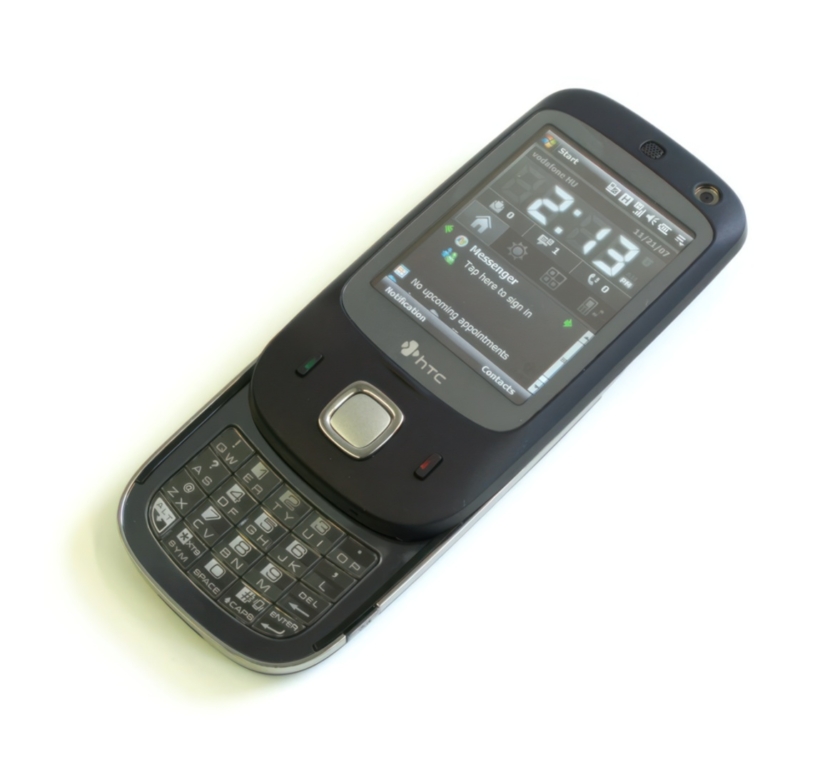
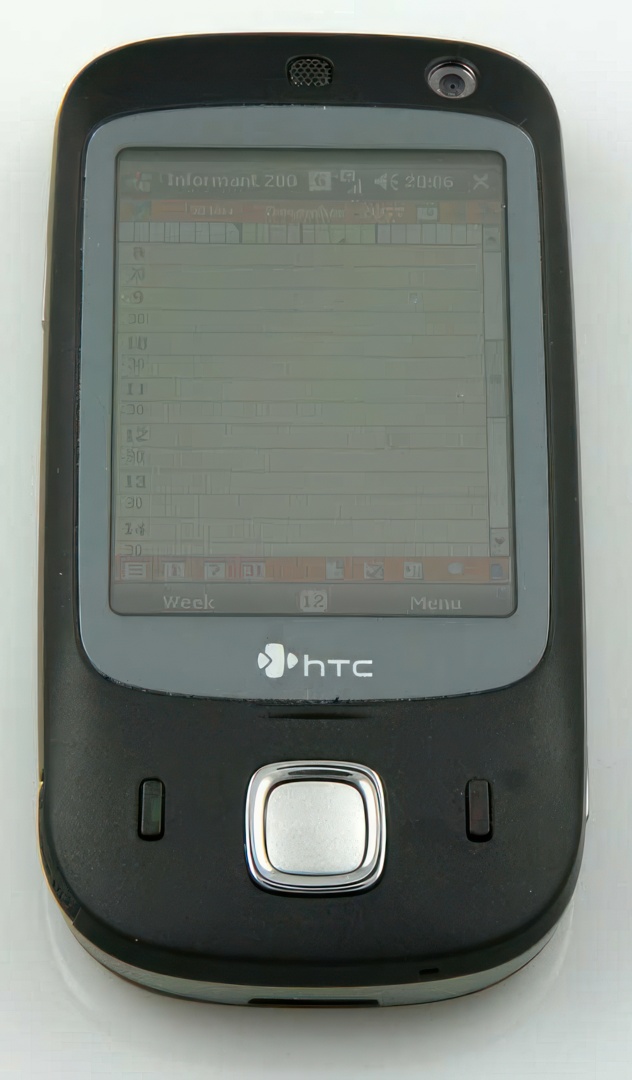
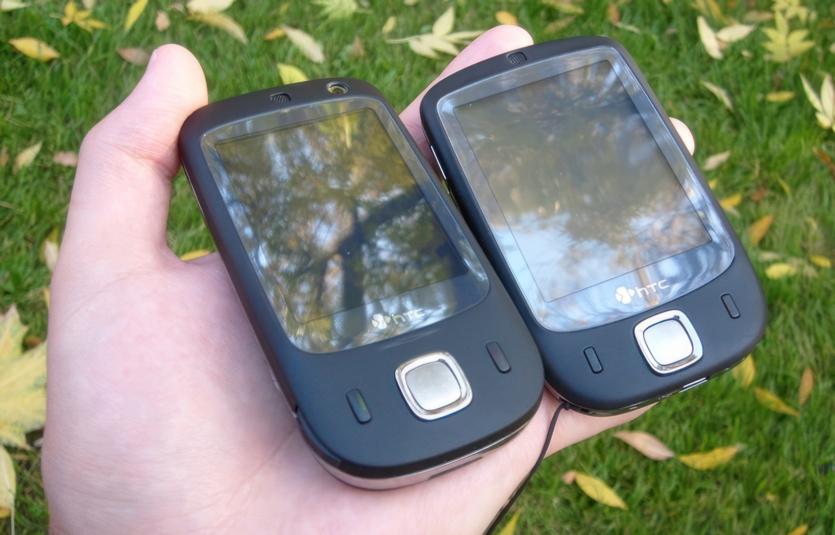
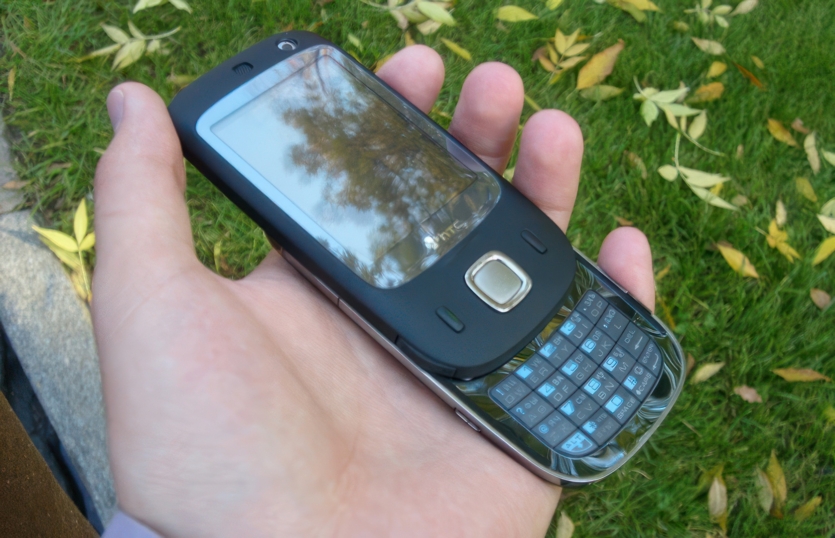
Compact smartphones with dual QWERTY keyboards have been rapidly gaining popularity since the successful release of the Blackberry Pearl in 2006. The Taiwanese giant HTC also followed this trend and released a stylish slider HTC Touch Dual.
Back then, touchscreens with capacitive technology were just beginning to appear, so the keys were the only adequate method of entering text and working with a small interface. The HTC Touch Dual successfully combines powerful hardware, a large QVGA screen, a comfortable keyboard, and a stylish design into a single unit.
Inside, there is a Qualcomm MSM7200 processor with Adreno 130 graphics accelerator, 128 GB of RAM, and a 2 MP camera. HTC Touch Dual runs on Windows Mobile 6.0 with the proprietary HTC TouchFLO graphical interface. This model looked fresh and interesting, so it received a lot of attention from Windows Mobile fans.
Motorola RAZR2 V8
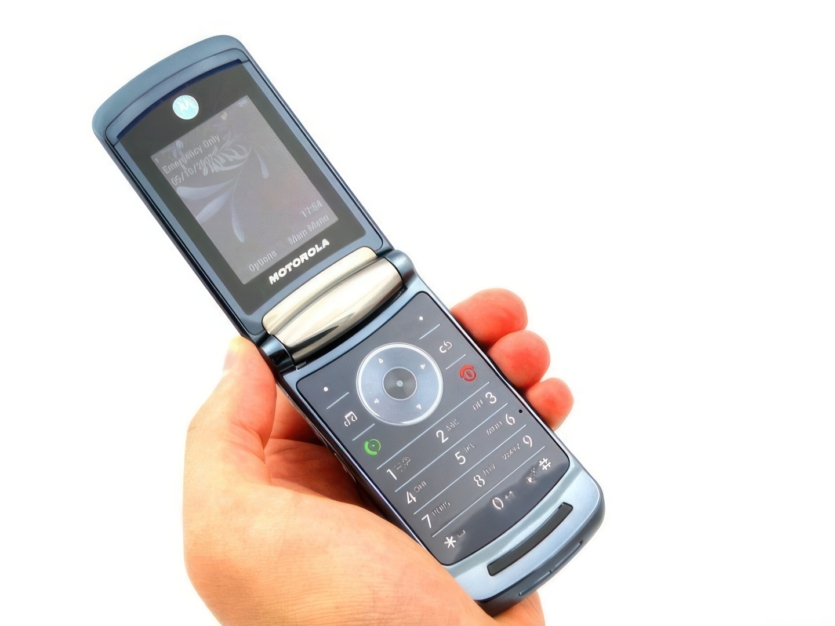
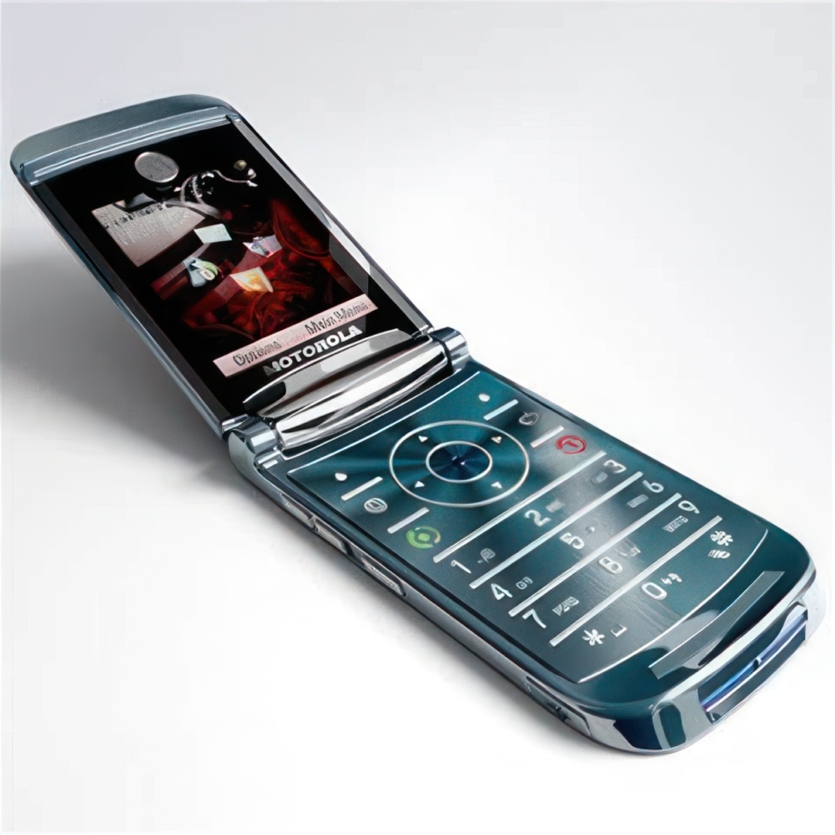
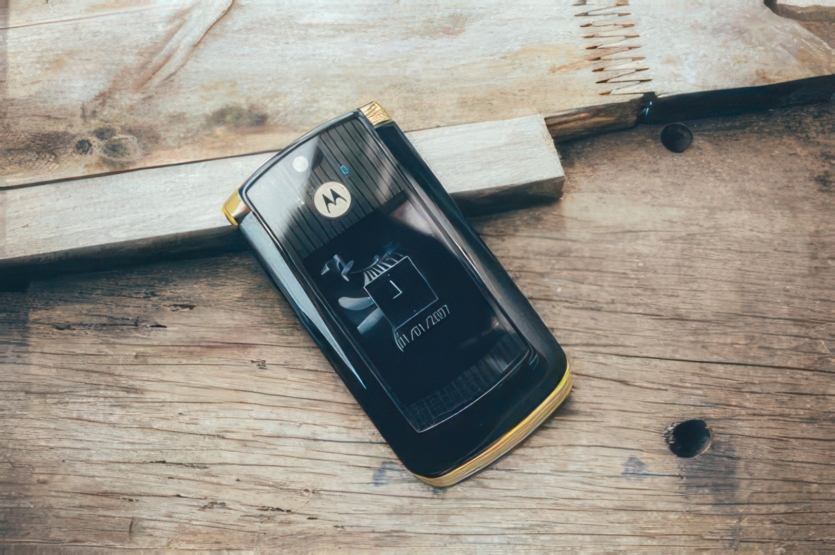
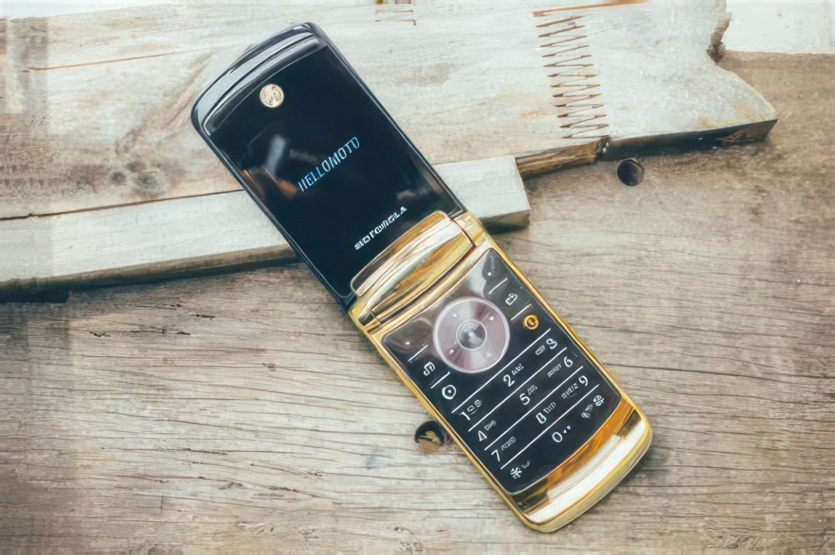
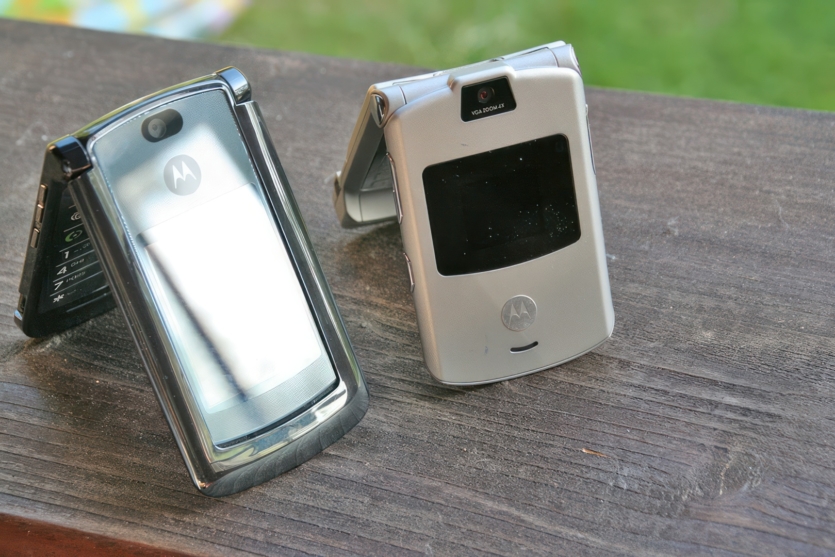

For the slim clamshell to succeed, it was enough to follow the style of the legendary Razr V3 model, which was the world’s No. 1 image phone until the advent of the Apple iPhone. The next update in the form of the Motorola RAZR2 V8 has received many technological improvements.
First of all, the phone received a large memory capacity of 2 GB (without memory cards), a 2 MP camera, a larger screen with QVGA resolution, faster wireless interfaces and a functional operating system.
Motorola had been developing its own Linux-based development for some time until the massive market dominance of the Android system. Thus, the Motorola RAZR2 V8 was something in between a phone and a smartphone, as it could not compete with Windows Mobile and Symbian due to the small number of third-party programs, but somehow expanded the device’s capabilities for advanced users.
Despite the good hardware, the Motorola RAZR2 V8 became famous for its luxurious 11.9 mm thick metal body and excellent visuals. It’s not a shame to pull out such a clamshell among flagship smartphones in 2024, and in 2007 it was the height of fashion.
Nokia N95 8 GB
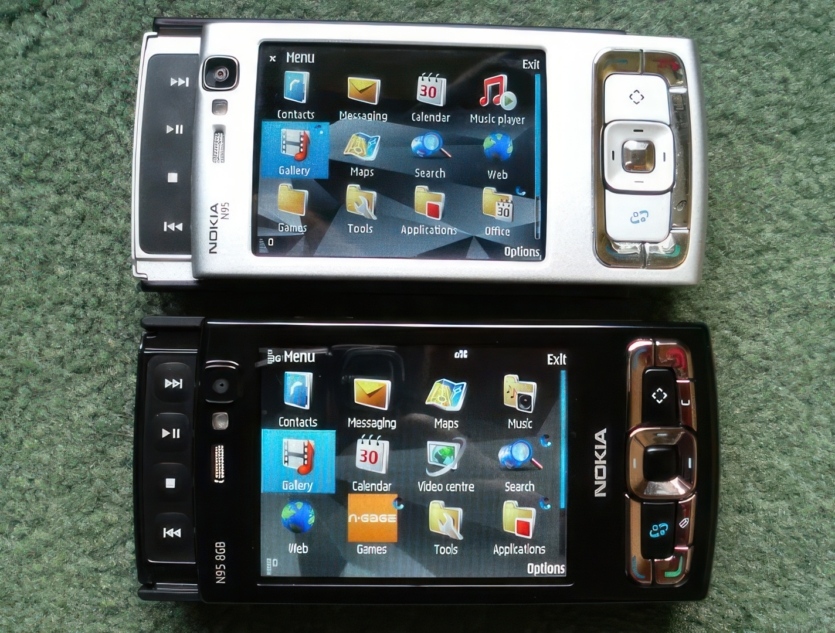
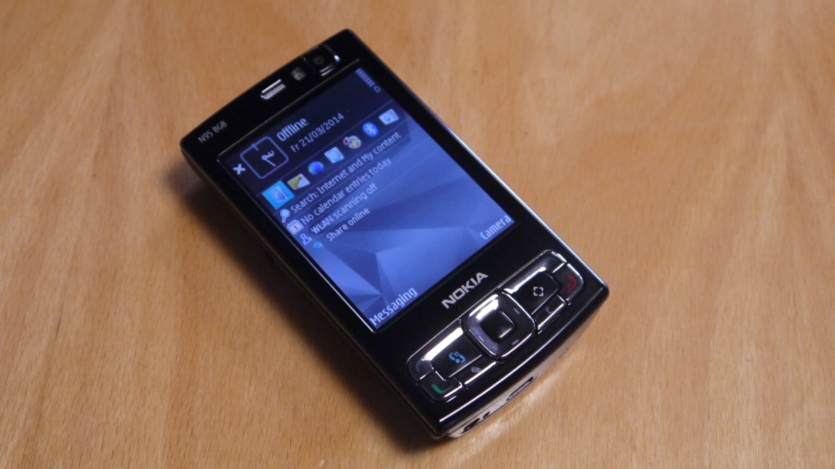
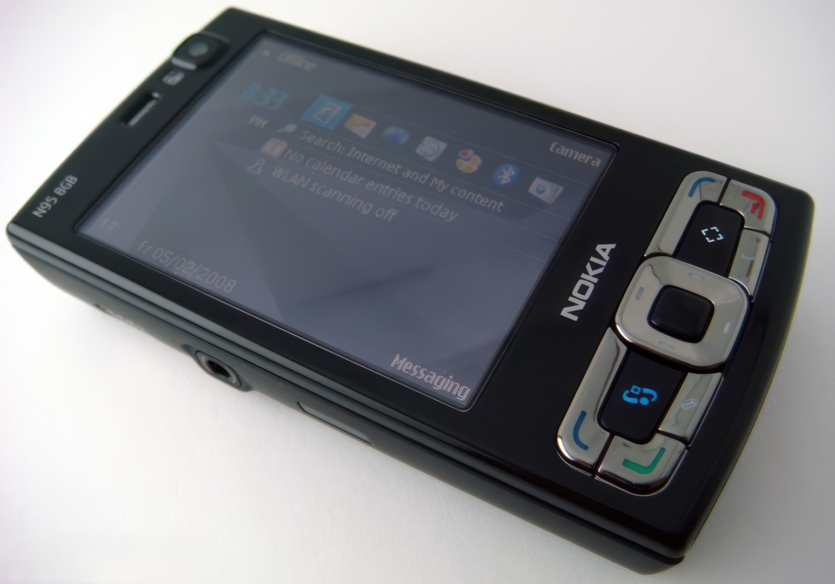
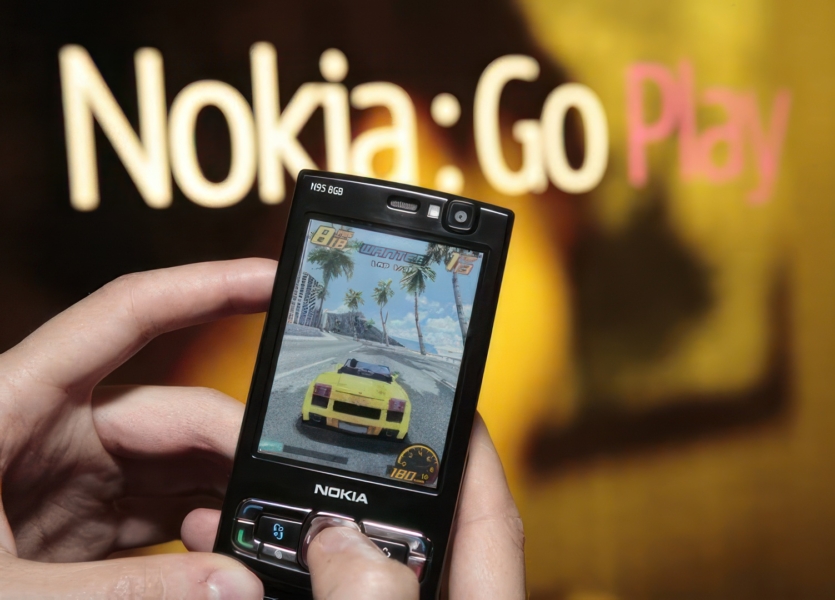
A few months after the release of Nokia N95, an improved version of it appeared, which we will talk about. The most powerful device of the Finnish company was stuffed with the latest technology and became one of the most desirable multimedia devices before the dominance of the Apple iPhone.
The Nokia N95 8GB had a larger 2.8-inch screen (the N95 had only 2.6), 8 GB of built-in FLASH memory without a micro SD card slot, 128 MB of RAM, a top-of-the-line 5 MP camera with autofocus and flash, and support for 480p30 video recording.
To this we add Wi-Fi, GPS, 3G, FM radio, accelerometer, HTML browser, TV output, mini USB, a large battery, a document viewer, and maximum compatibility with multimedia file formats.
Inside are two 332 MHz Dual ARM 11 processors with a 3D graphics accelerator. The Nokia N95 8 GB is so powerful that you can work with it in Blender (and it was for Symbian), processing small scenes, but the main drawback is the operating system.
Symbian 9.2 has its own serious drawbacks in terms of third-party software, as it imposes many restrictions on users with its «» certificates. The transition from Symbian 8 to Symbian 9 without backward compatibility has taken its toll, and many quality programs have been lost forever.
Despite its high price, the Nokia N95 8 GB was a hit because it had a much lower entry threshold than flagship Windows Mobile smartphones. Compared to the first Apple iPhone, the Nokia N95 8 GB offered more multimedia features and a better camera, but the reinvented smartphone was unstoppable.
Very soon, people realized that it was convenient to operate a capacitive smartphone, and it was especially pleasant to view content on a 3.5-inch display rather than a 2.8-inch QVGA display with huge pixels. The software also played an important role, as iOS back then had smooth animations and a beautiful interface that seemed phenomenal after the outdated Symbian Series 60 in the Nokia N95.
Nokia E90
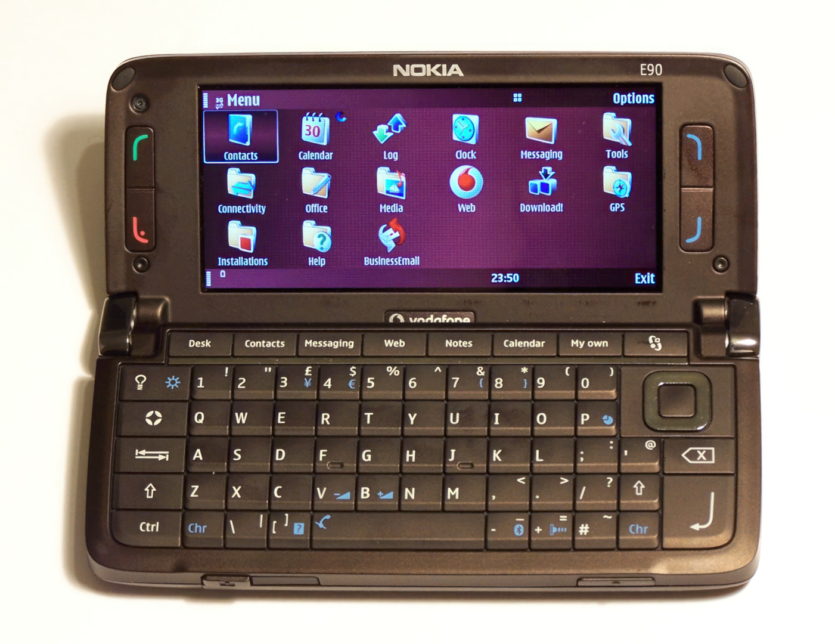


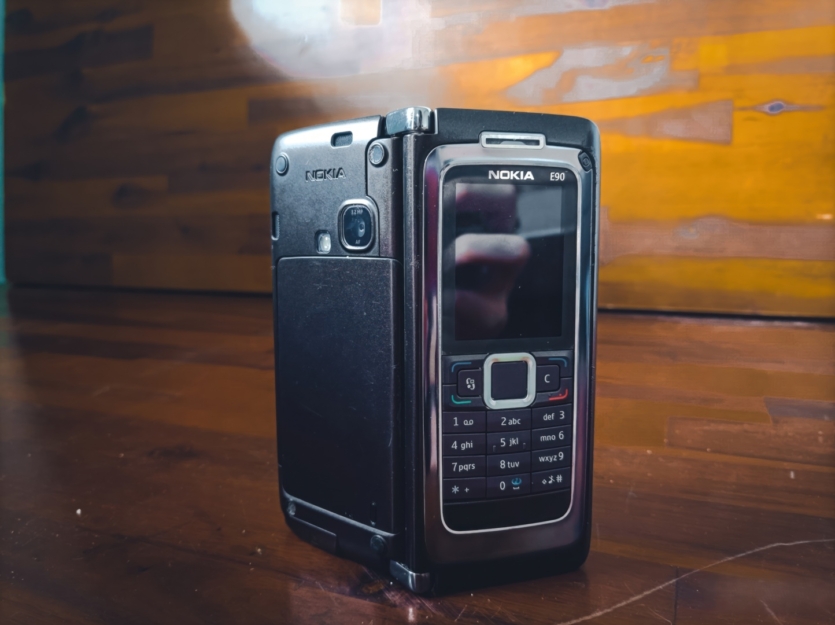

This is how the legendary series of communicators, which has its long roots in the 90s, came to an end. The Nokia E90 was the company’s last smartphone in this form factor, incorporating all the best of the decade and a half. This is a status phone that stood above all other Nokia models and beyond.
For the first time in the series, the device runs on standard Symbian Series 60 rather than Series 80, and has a common working environment for both screens. This means that you can use all the functions of a laptop computer in a folded or unfolded state. For example, the owner views documents on the large screen, folds the smartphone, and everything is transferred to the small screen. This was not previously available in the Nokia Communicator series, so it was perceived as a pleasant innovation. In addition, Nokia E90 received a high-quality camera with autofocus and top-of-the-line hardware.
Inside, there’s a 330 MHz processor, 128 MB of RAM, Wi-Fi, GPS, Bluetooth 2.0, a huge 1500 mAh battery, full Microsoft Office 2007, and a gigantic 4-inch screen with a resolution of 800×352 pixels.
The Nokia E90 could not become a mass model because it cost a lot of money at launch. In general, it was a good replacement for the Nokia 9500 and Nokia 9300i, but it was already obvious that the days of such smartphones were over. Soon they would be replaced by flat monoblocks with large screens, and such «laptops» would become museum pieces.
Nokia 8800 Arte

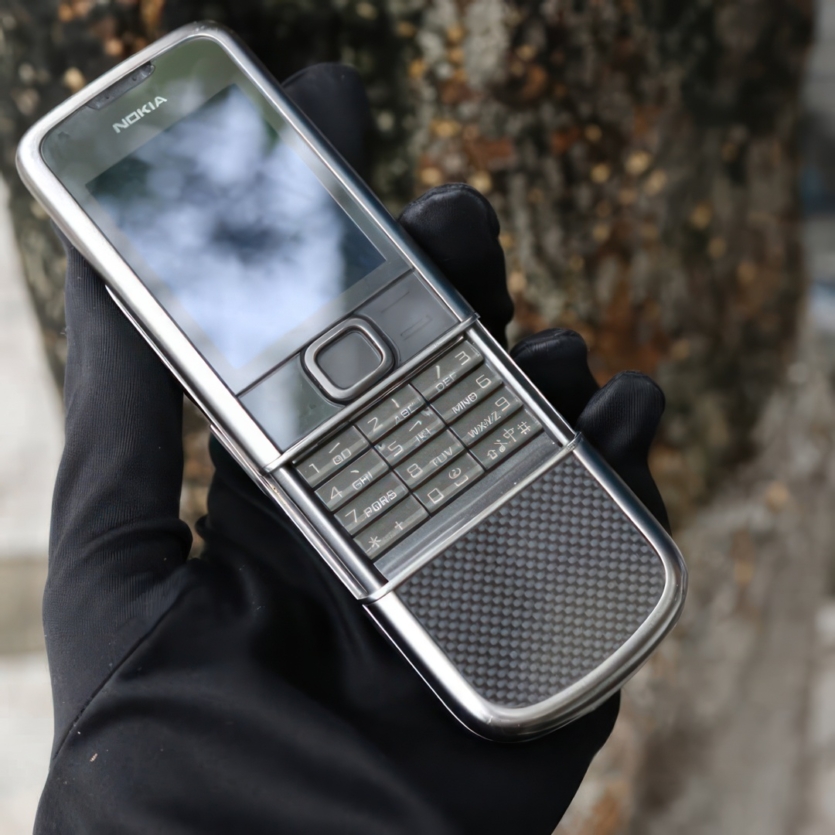
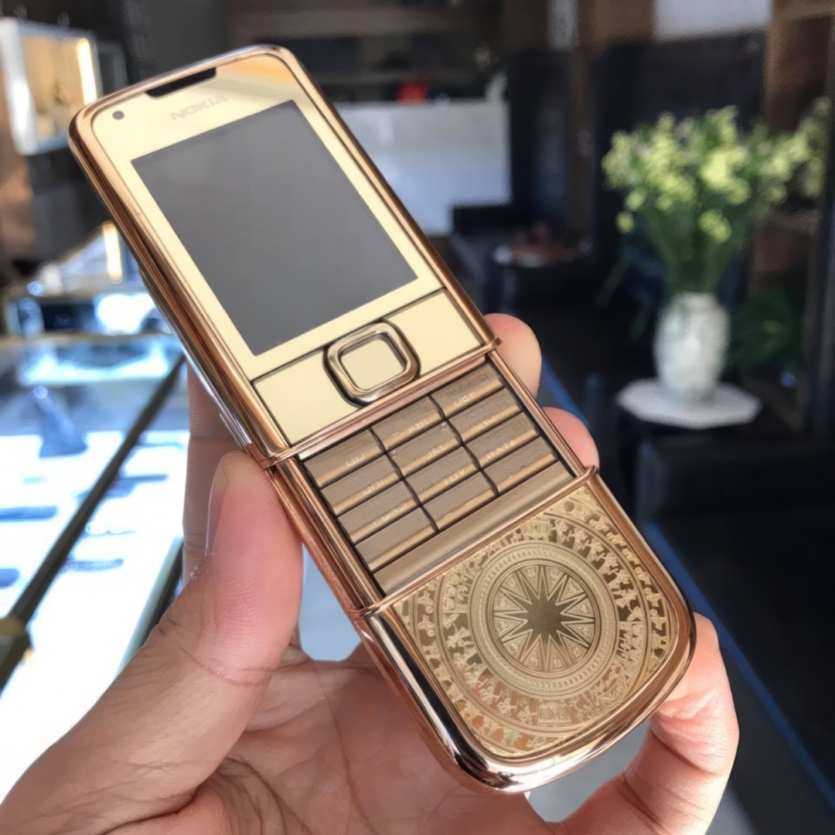


Although Symbian-based smartphones are simple, easy to use, and have a low entry threshold. But they were also too heavy for a rich audience with little intelligence, who only wanted status. Nokia 8800 Arte is designed for them.
Premium materials and luxurious design aside, the Nokia 8800 Arte is an ordinary Java phone with good, almost basic features. The only advantages are the OLED screen and a durable scratch-resistant coating.
Thanks to its great looks, the Nokia 8800 Arte has become a favorite among wealthy people who only need the phone to make calls, but for them it is not a good idea to buy a Nokia 1101. There were very few of these phones produced, so they are still in high demand today.
Currently, the entire Nokia 8800 series is considered an absolute classic in the Luxury segment. At one time, the conventional Nokia 8800 Arte was a must-have for a Kyiv dentist, deputy, restaurant owner, or «amber baron». And then everyone became uninterested in such phones, as the boom in social media and dependence on media content consumption began, which brought the release of the Apple iPhone.
Samsung i710
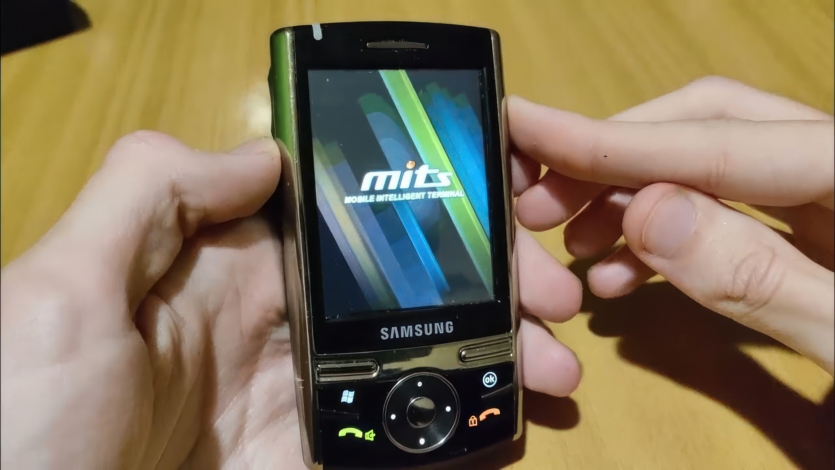

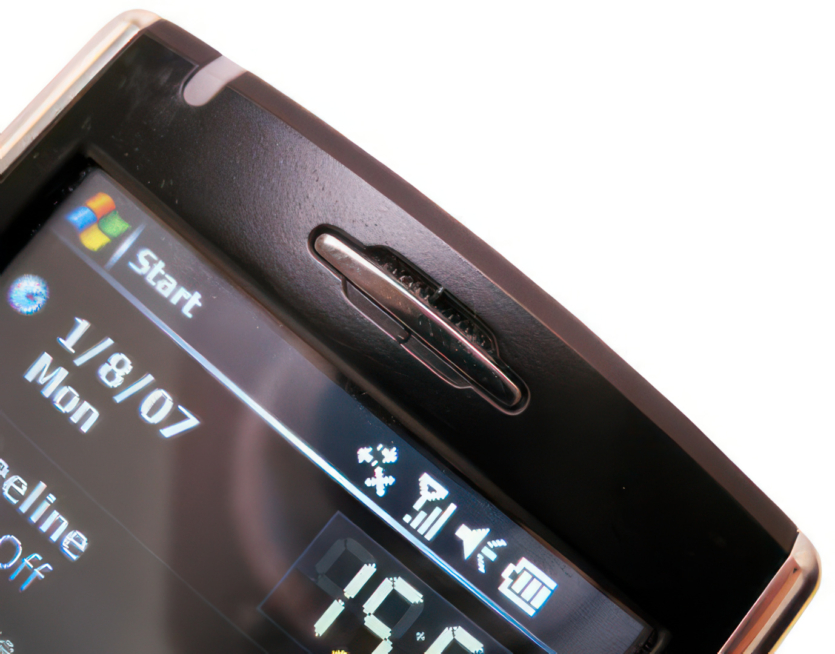
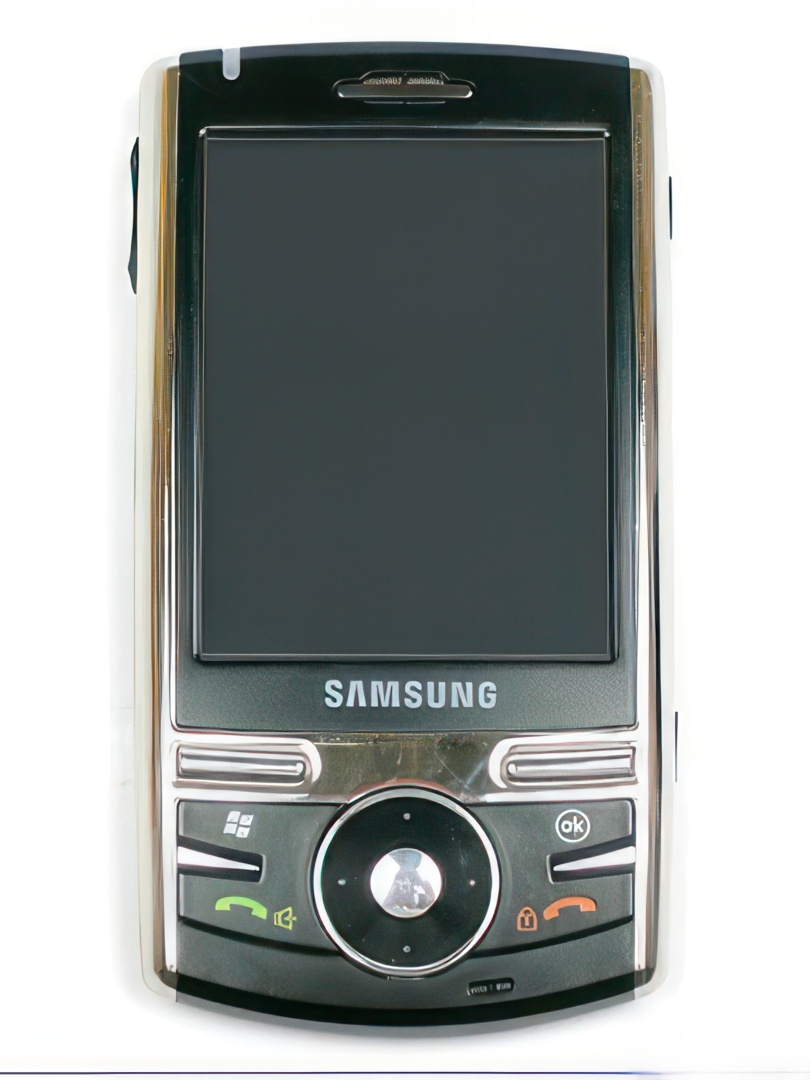

In 2007, the Korean manufacturer had its own «iPhone» in the form of the Samsung i710, which, although more focused on the business segment, later became a favorite of students thanks to its large 2.8-inch screen and the best multimedia support on the market.
Thanks to a powerful 416 MHz processor, the Samsung i710 could easily play 300-500 MB movies, and with a micro SD card, it turned into a full-fledged multimedia player.
To this we add a good 2 MP camera with autofocus, compact dimensions and an adequate level of autonomy. In skillful hands, the Samsung i710 offered many possibilities with Windows Mobile 5.0. Yes, the system was somewhat outdated at the time of release, but it was guaranteed to work with a huge library of programs.
After the success of the Samsung i710, many more similar models would be released, which were increasingly focused on buttonless, touch-only control. It is possible that this model was a turning point for the company, which realized market trends in time.
Consumers demanded large touch screens, the simplest possible interface, and fast internet. The only drawback of the Samsung i710 is the lack of Wi-Fi and GPS, but overall, the smartphone was a success, as evidenced by its considerable sales.
Samsung U100
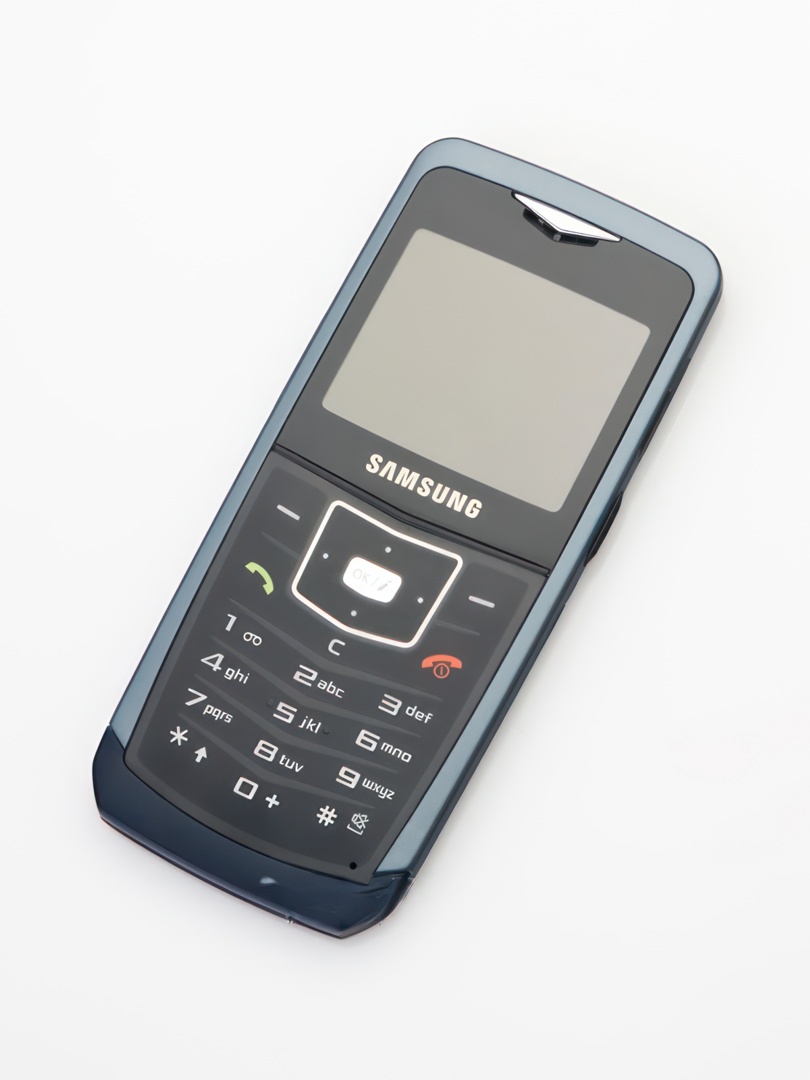
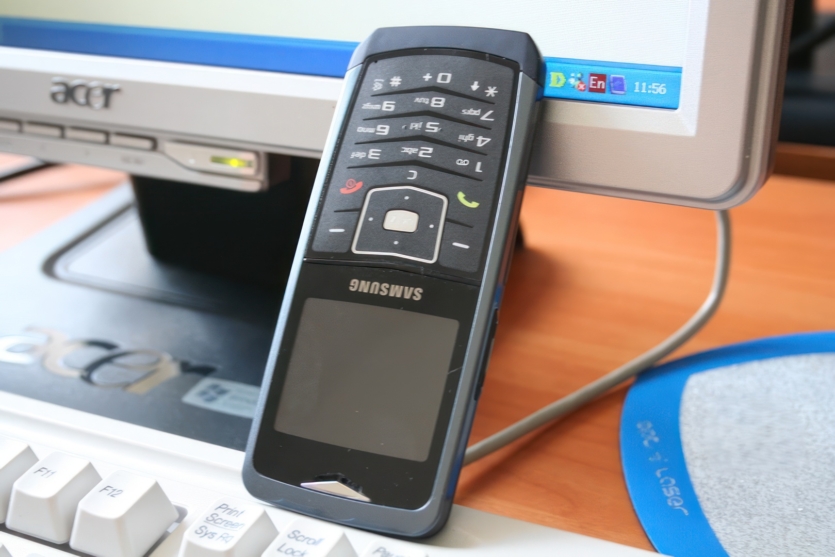
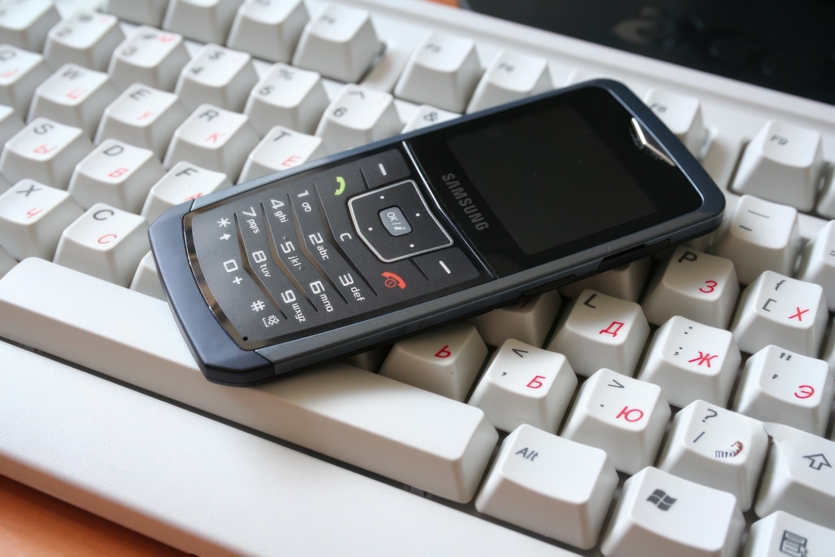
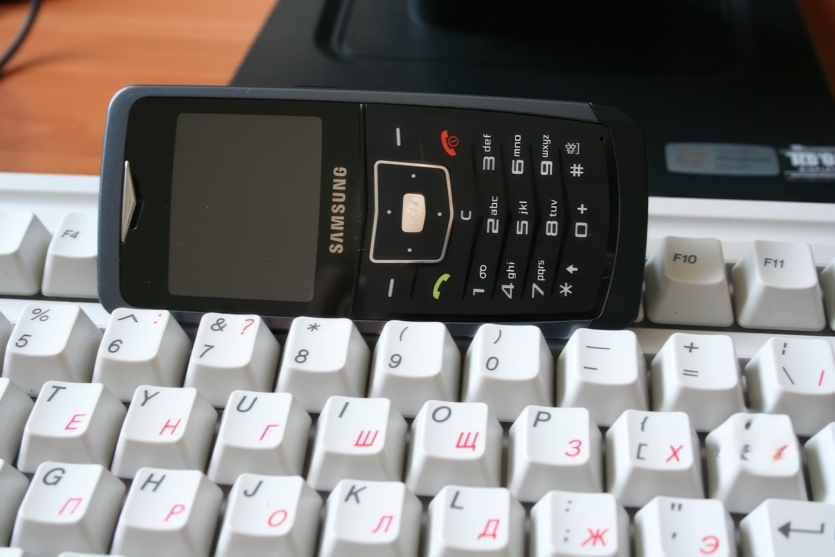
The world’s thinnest phone has long held its leadership position, not giving other manufacturers a chance to get close to the 5.9 mm mark. The Samsung U100 was a hit thanks to its ultra-thin design, which looked fresh after the chunky phones of the past.
Among the Samsung Ultra series, the U100 is worth highlighting because it is the thinnest and even cheaper than the slider and clamshell. The hardware is relatively simple: 3 MP camera without autofocus, a two-inch horizontal screen with a resolution of 220×176 pixels, Bluetooth and Java MIDP 2.0.
Despite a built-in office document viewer, TV output, and a good MP3 player, the Samsung U100 had only 70 MB of internal memory, so it could not be a top multimedia combo. Another drawback was the battery life, which left much to be desired.
LG KE850 Prada
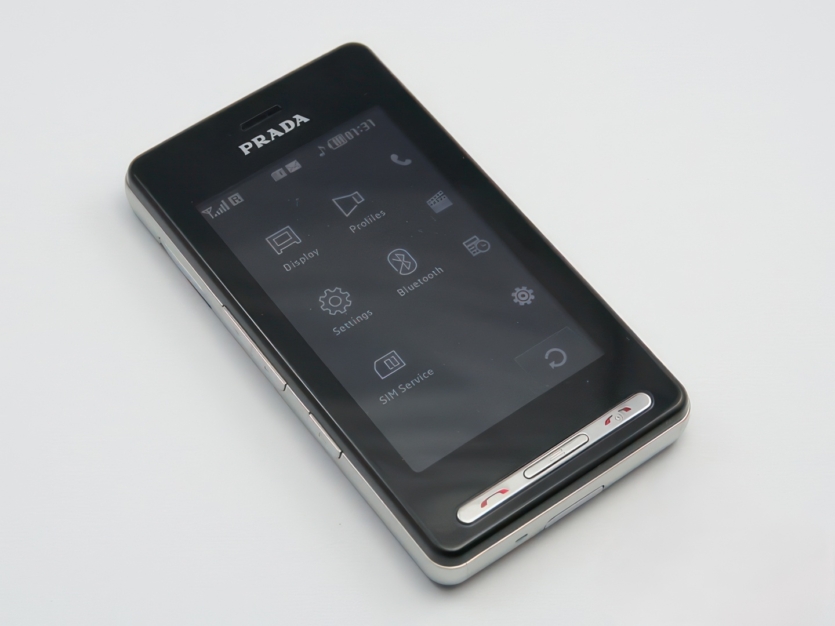

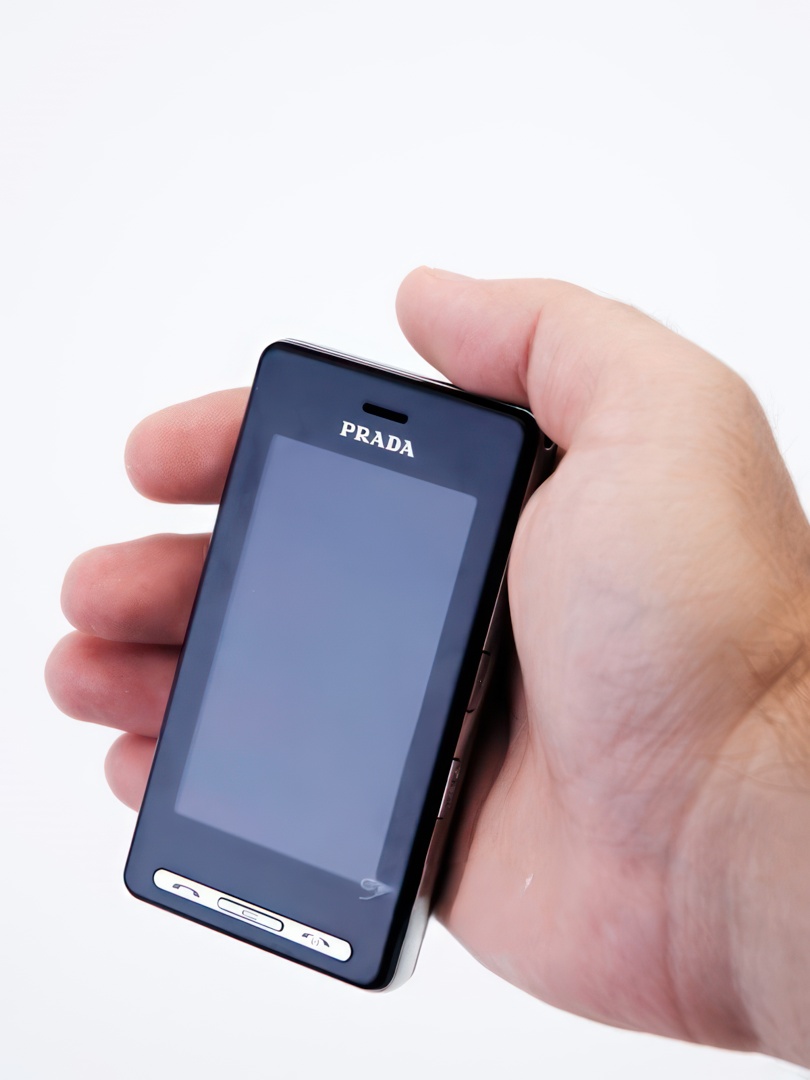

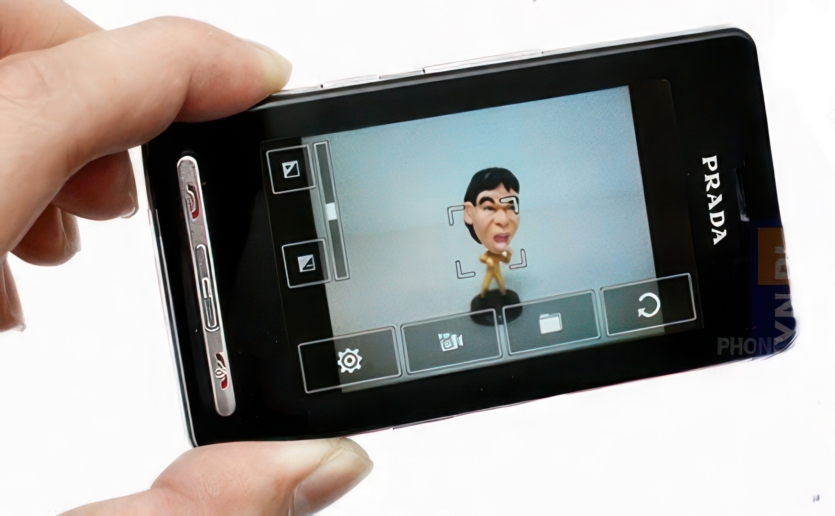
The fashion for capacitive screens was launched by the once large Korean company LG, which released the unique LG KE850 Prada phone. This model became a pioneer in its class because for the first time it became pleasant to use the touch screen with your fingers.
Prior to that, all touchscreen phones (and for several years after that) had screens using resistive technology, meaning that physical force was required to register touches. The experience of using the LG KE850 Prada is close to the Apple iPhone, although the Prada is significantly inferior to the most popular phone of all time in terms of technical characteristics and capabilities.
A 3-inch screen with a resolution of 240×400 pixels, only 8 MB of internal memory (+ micro SD slot), a good quality 2 MP camera with autofocus and flash, FM radio, Bluetooth – it would seem that the phone is perfectly stuffed.
The main problem was the proprietary firmware, which offered the user only Java programs, a FLASH interface and mediocre multimedia capabilities. The LG KE850 Prada made a significant contribution to the development of touchscreen phones, but it was far from the popularity of the iPhone.
Later, an updated version of the LG KU990 Viewty was released, which received a better 5 MP camera, but still suffered from a lack of Wi-Fi and did not offer fundamentally better software.
BlackBerry Curve 8330

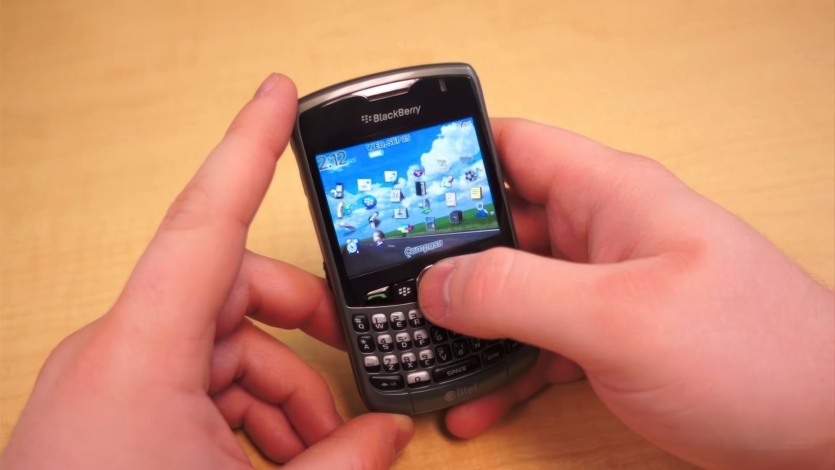
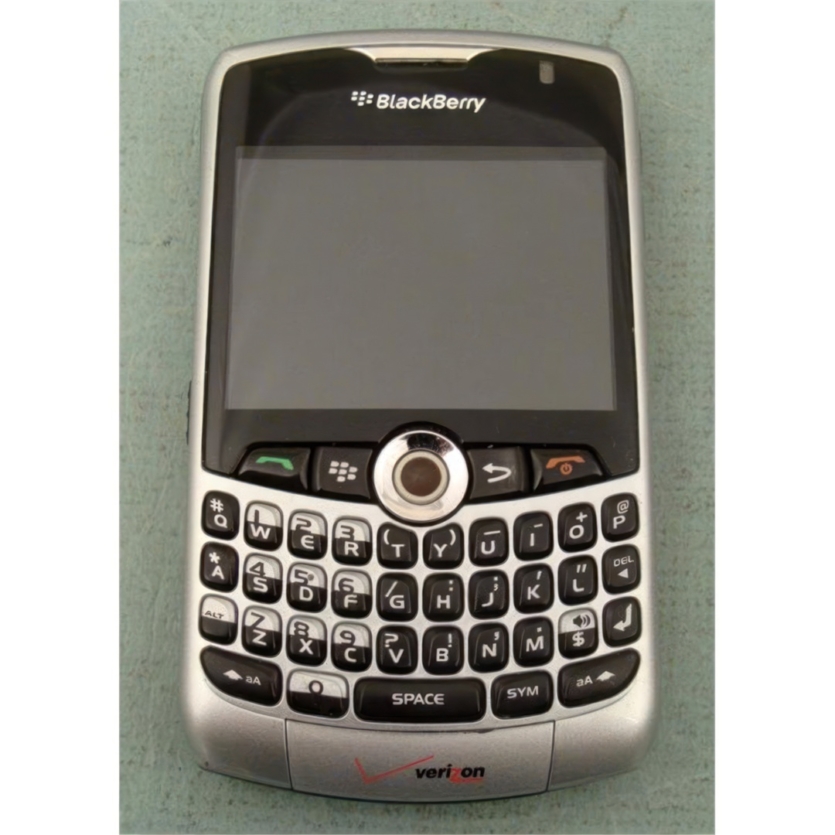
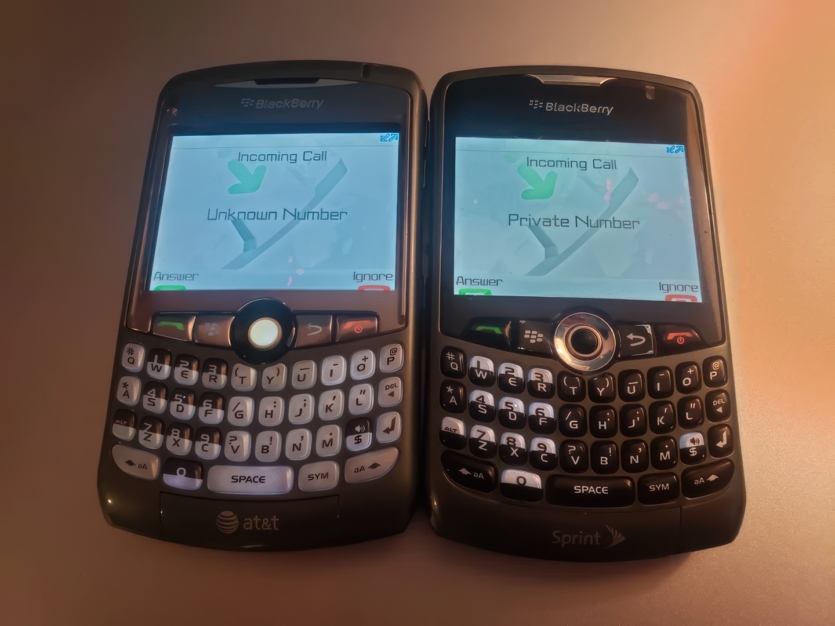
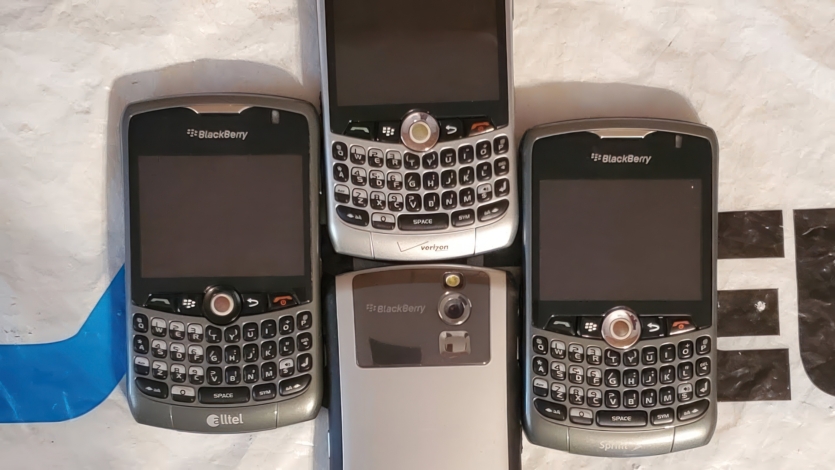
BlackBerry had a hard time after the release of the Apple iPhone, but the company did not give up, continuing to produce classic QWERTY smartphones. The concept of the BlackBerry Curve 8330 is completely opposite to what the iPhone brought along with its Android copies, so over time, the Canadian brand disappeared from the mobile technology space.
BlackBerry Curve 8330 is aimed at economical use of mobile data, not endless consumption of content on the Internet. It was the most convenient device for business correspondence at the time – no one could offer such a convenient email client as Blackberry.
In addition to the standard features, the BlackBerry Curve 8330 had a good 2 MP camera with flash, 32 MB of RAM, and a 312 MHz processor. This hardware was enough for the frugal BlackBerry OS, so the device worked lightning fast.
In the movie «God Bless America» a spoiled girl screams on her birthday after receiving a gift: «I don’t want a Blackberry, I want an iPhone, iPhone, iPhone! I hate you, Dad!». This satire captures the essence of the matter – people need a device to consume content, not for boring business emails.
Very soon, BlackBerry’s stock would go down, and Apple would take over the market at an unprecedented rate. Android survived because it copied the iOS concept in time, and other once large, rich, and successful systems with their developers went down in the annals of history.
Sony Ericsson W960


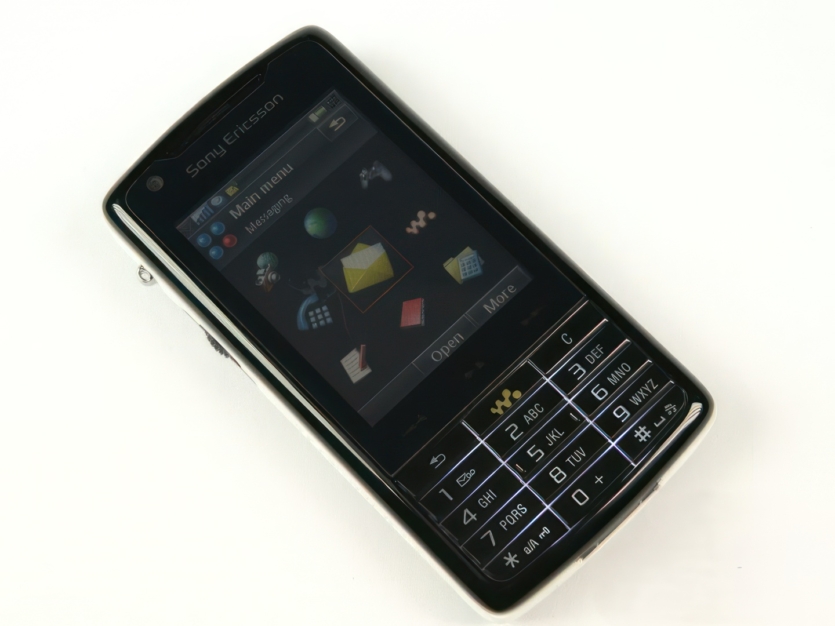

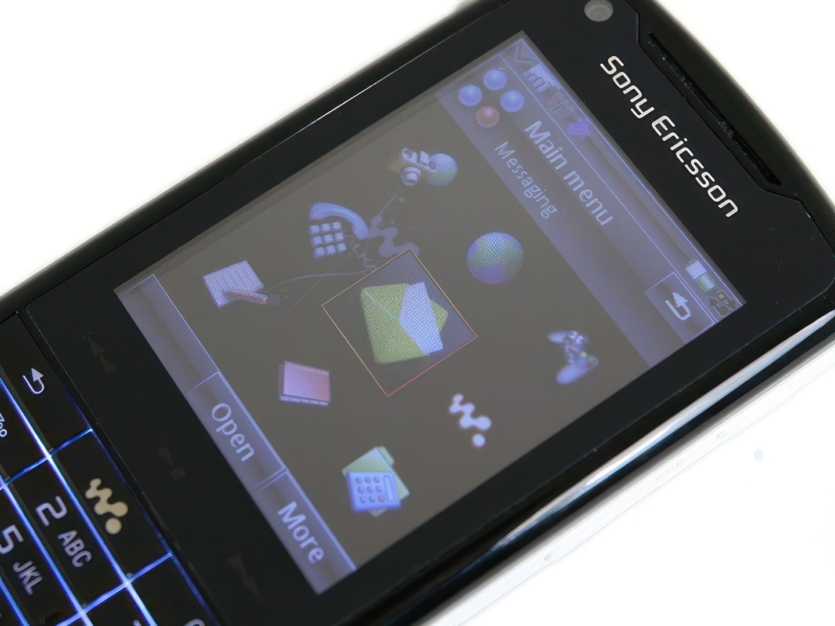
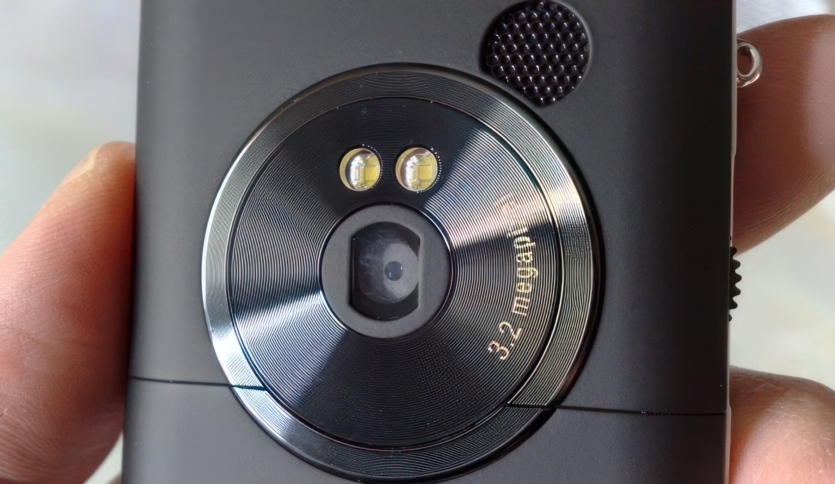
The compromise Sony Ericsson W950 needed an update that couldn’t wait. In 2007, after the Apple iPhone, the Sony Ericsson W960 was released. It became a favorite of music lovers and a complete disappointment for businessmen. The updated version received many advantages, although the key drawbacks remained.
The Sony Ericsson W960 is equipped with a 3.2 MP camera with autofocus and flash, has as much as 8 GB of FLASH memory, Wi-Fi, Bluetooth, FM radio, 3G, a front-facing camera for video calls, and excellent music capabilities, although the rest of the features were not impressive.
The smartphone is built on an outdated platform with a 32-bit Philips Nexperia PNX4008 208 MHz processor, so the overall system performance left much to be desired. The large amount of RAM (128 MB) did not help because Symbian 9.1, in addition to low performance, had zero compatibility with previous versions.
The owner of a Sony Ericsson W960 was guaranteed to be disappointed with the inconvenient sensor, slow operation of the phone, and severely limited business opportunities due to the lack of proper support, as it was in the days of the P800, P900, and P910.
It became clear that the Sony Ericsson W960 and similar smartphones had no chance against the Apple iPhone. And so it happened – the Japanese-Swedish manufacturer’s Symbian UIQ-based smartphones disappeared from stores and never returned. An era is gone, an era has come.
Sony Ericsson K850
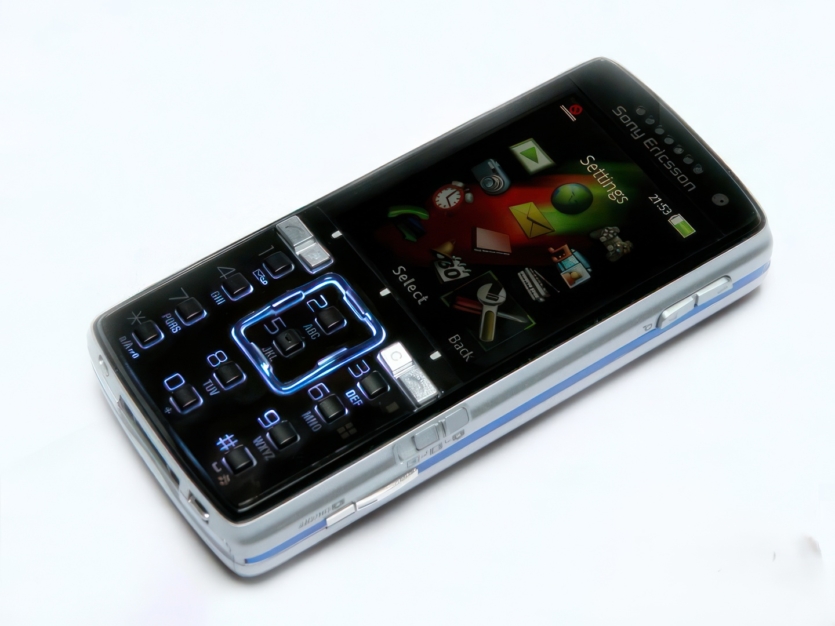
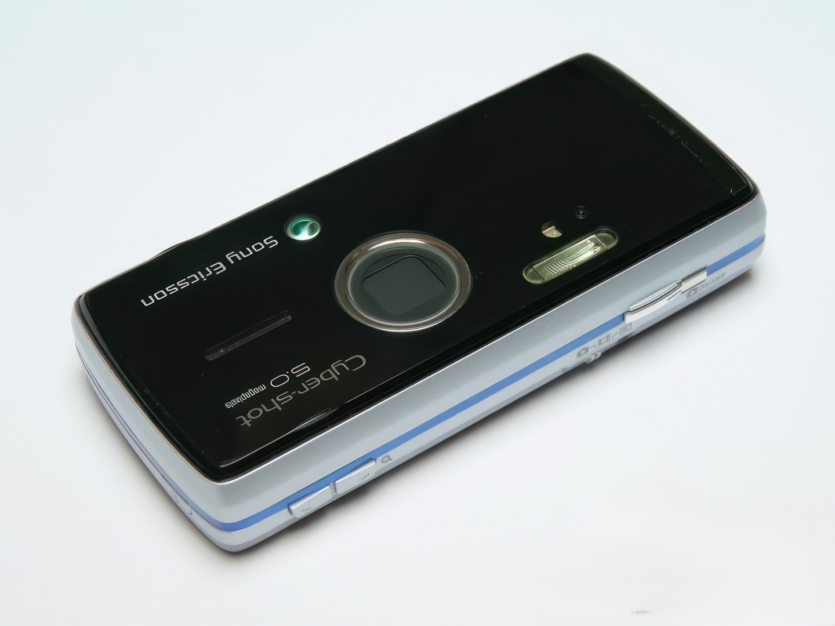
Sony Ericsson was doing well thanks to the considerable sales of K750, K790, K800 and numerous reincarnations of the best phone of 2005 in the form of W700, W800, W810. Thereafter, it was difficult to impress the world with something fundamentally new, so the Sony Ericsson K850 turned out to be rather mediocre.
Not everyone liked the rejection of the joystick in favor of a navigation key integrated into the keyboard, although it allowed the screen to be enlarged to 2.2 inches, which was quite a lot for phones from this manufacturer.
Despite its excellent 5 MP camera (perhaps the best on the market in 2007), Sony Ericsson K850 has finally learned to record video of more or less acceptable quality. The Japanese flagship was still losing out to Samsung, Nokia, LG and other competitors in this regard, but 320p30 video was already an improvement over the 144p15 of the K790.
The K850’s firmware didn’t receive any major improvements, which launched a whole era of stagnation for push-button phones. Sony Ericsson’s platform was still the most functional, but smartphones with large touchscreens were coming en masse and starting to displace the push-button classics.
Toshiba G900
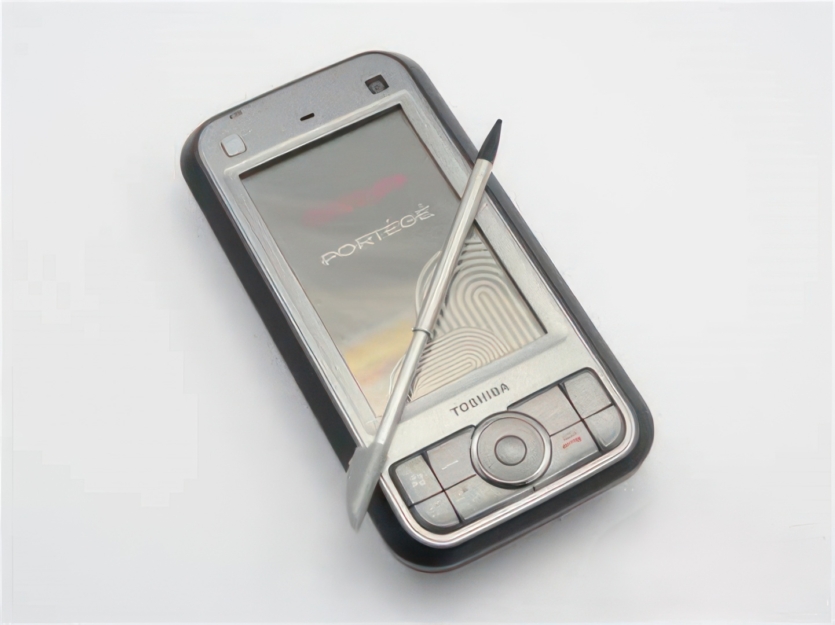
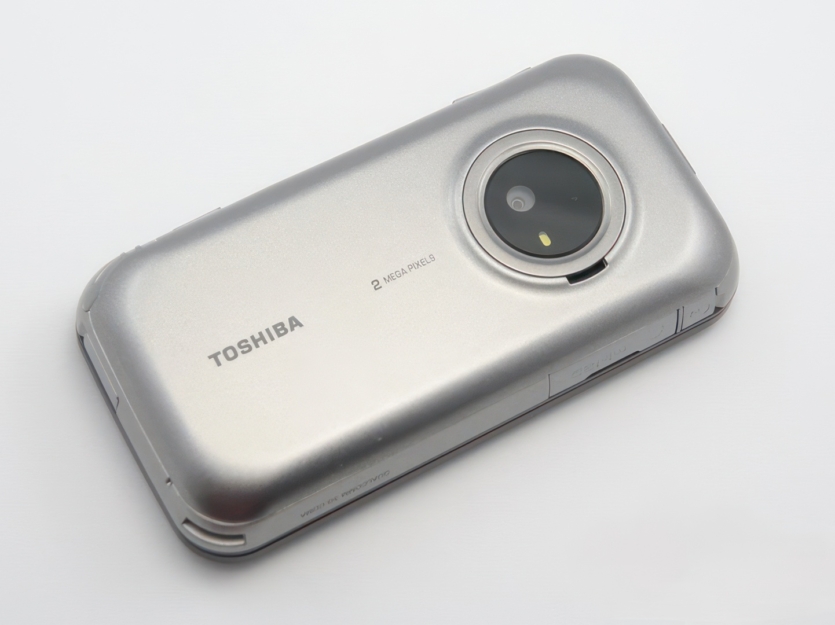


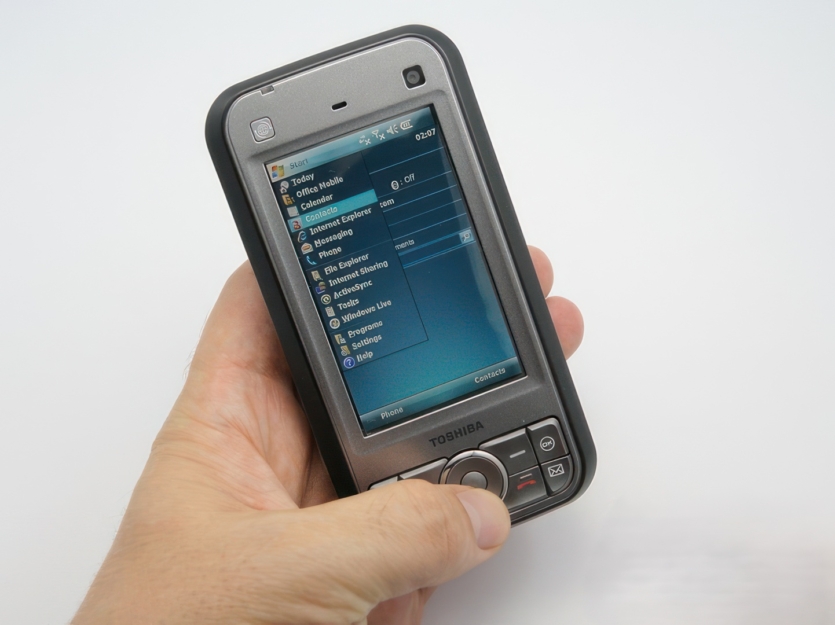
One of the last Windows Mobile devices with a slide-out keyboard was the Toshiba G900. This flagship smartphone was aimed at the business segment, which was immediately hinted at by its characteristics and exorbitant price at release.
The main advantage over competitors is the fingerprint scanner, which will be widely used only in 5-7 years by iOS/Android smartphones. In addition, Toshiba G900 boasts a 3-inch screen with a high resolution of 800×480 pixels (311 pixels per inch!).
A top-of-the-line Marvell PXA270 520 MHz processor with 128 MB of RAM was responsible for the fast operation of the Microsoft Windows Mobile 6 Professional operating system. Another important feature was the support for USB 1.1 OTG, which means that external drives can be connected to the Toshiba G900.
Very soon, virtual keyboards on the touchscreen will begin to replace classic solutions, especially in the form of a side slider, although this form factor still existed for several years after the release of the Apple iPhone. Despite its better functionality, the Toshiba G900 could not attract such a wide audience as the Apple phone because it has a high entry threshold.
HP iPAQ 610c / 614c

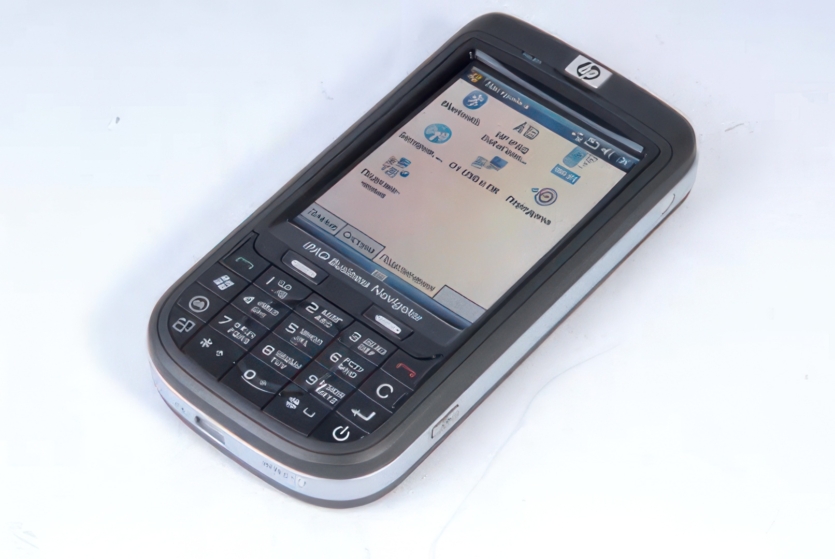
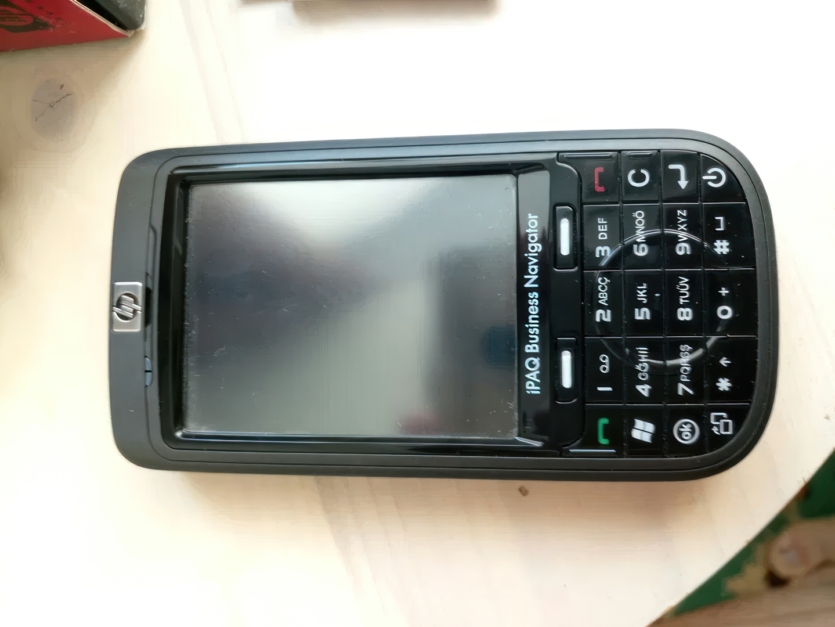
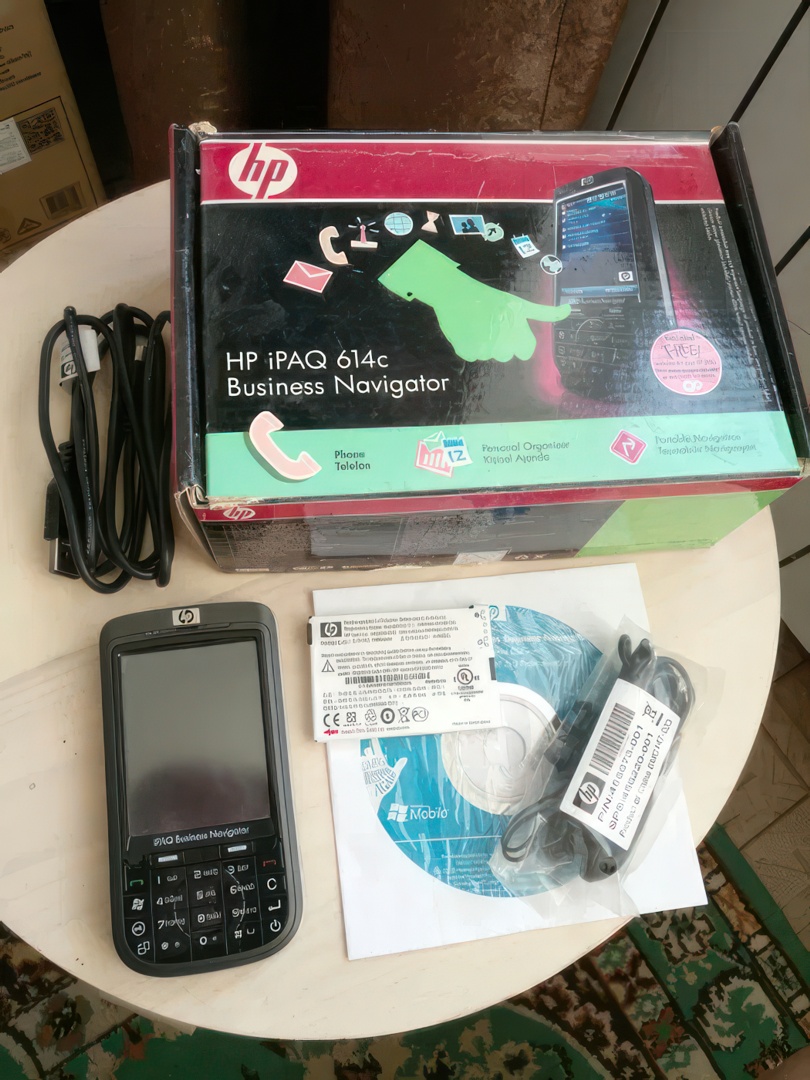

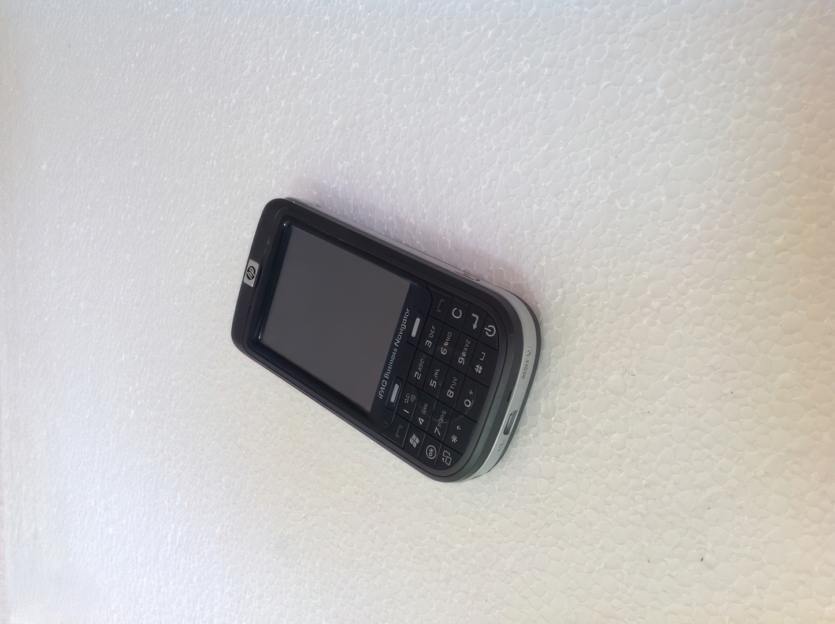

Without exaggeration, the best Windows Mobile smartphone of 2007, and the best Windows Mobile smartphone of all time. The incredible HP iPAQ 610c turned out to be so well-thought-out that after it the best developments of Samsung, LG, Sony Ericsson, HTC with this OS seemed too compromised.
The HP iPAQ 610c combines perfectly a classic digital unit, touchscreen, and touchpad into one. The device is relatively compact and easy to use. The Windows Mobile Professional system was not fully adapted to the touchscreen, and the push-button Windows Mobile Standard did not have the same software compatibility.
You can control the HP iPAQ 610c with a stylus or a unique wheel on the keyboard. The left and right soft keys are also an important design aspect. Why does this matter? The fact is that some programs were written for WM Standard and require these soft keys to access menus.
For example, the popular Java emulator Jbend did not work adequately on many WM Professional smartphones due to the lack of soft keys and the digital unit itself. The HP iPAQ 610c has everything at once, and it’s cleverly implemented in a compact design. You can play and work on the keys, the display, or both. Application compatibility is the highest possible across all Windows Mobile devices.
In addition to the 2.8-inch QVGA screen, the smartphone boasts a 3.2 MP camera with flash and autofocus, as well as a full set of high-speed interfaces. The HP iPAQ 610c has Wi-Fi, Bluetooth, GPS (A-GPS), USB 2.0, 3G HSPA, and the best CPU of the time, the Marvell PXA270 520 MHz, is responsible for the system’s speed.
There is as much as 128 MB of RAM, and 256 MB of built-in memory + micro SD slot. The HP iPAQ 610c smartphone digests any multimedia formats, can run the most demanding Java games, native *cab games, Nintendo, Mophun, Game Boy emulators, has excellent backward compatibility, full Pocket Office and everything you could wish for in 2007.
If you compare it to the first Apple iPhone, the apple device has no chance in every aspect except the screen and ease of use. In the right hands, the HP iPAQ 610c easily stomped the best Symbian smartphones of the time, although the entry threshold for such a device remained extremely high.
Conclusions
After the huge success of the first Apple iPhone, the plans of global manufacturers changed dramatically. The release of the world’s best smartphone (which has been holding the bar for 17 years in a row) turned the idea of mobile technology upside down once and for all. On the one hand, people received versatile and convenient phones, but the worst thing is what they have turned into over time.
It’s hard to say how technology would have developed if not for the Apple iPhone. Perhaps there would be no social media craze and endless consumption of vertical videos on YouTube Shorts, Instagram, TikTok, or Facebook.
What would the world of mobile technology be like if there was no iPhone? Would we still be using push-button phones with slow internet and small screens?
Unfortunately, we’ll never know, but that doesn’t stop us from fondly remembering those good times before the release of the Apple iPhone. The times of *3GP videos, MMS messages, expensive WAP Internet, interesting Java games, the times when the battery lasted a week, and all photos on the phone’s 1.3 MP camera were successful the first time.
Did you like the article? We suggest that you read all the episodes of the column, which has come to an end. We have reviewed the best smartphones and phones since 2000 in previous issues:
The world of mobile technology before the Apple iPhone: the best phones of 2000-2001
The world of mobile technology before the Apple iPhone: the best phones of 2002-2003
The world of mobile technology before the Apple iPhone: the best phones of 2004
The world of mobile technology before the Apple iPhone: the best phones of 2005 (Part 1)
The world of mobile technology before the Apple iPhone: the best phones of 2005 (Part 2)
The world of mobile technology before the Apple iPhone: the best phones of 2006


Spelling error report
The following text will be sent to our editors: